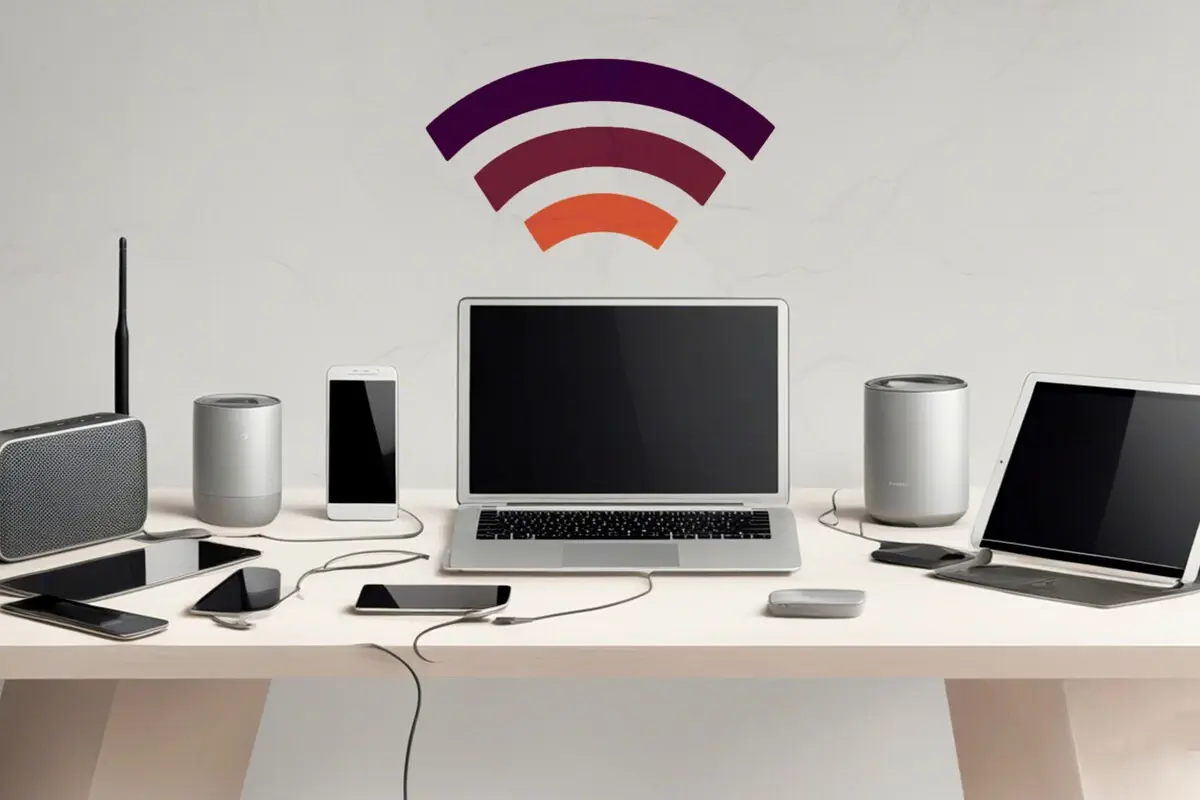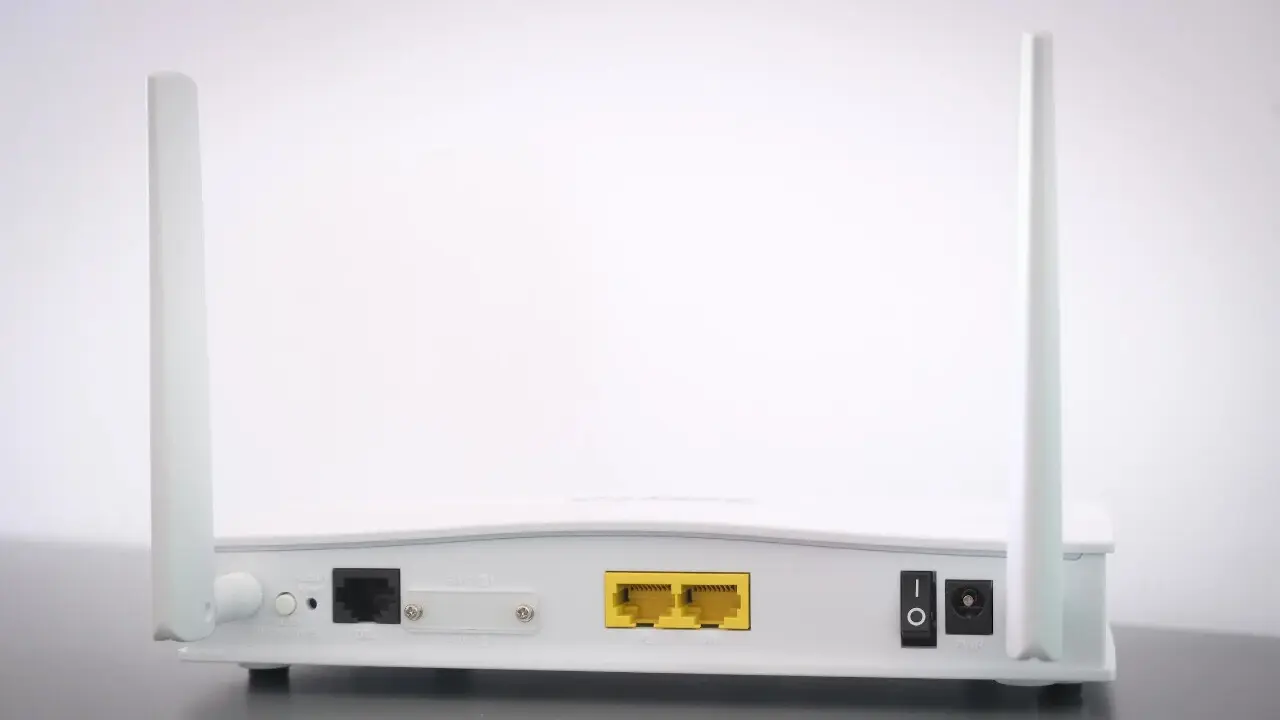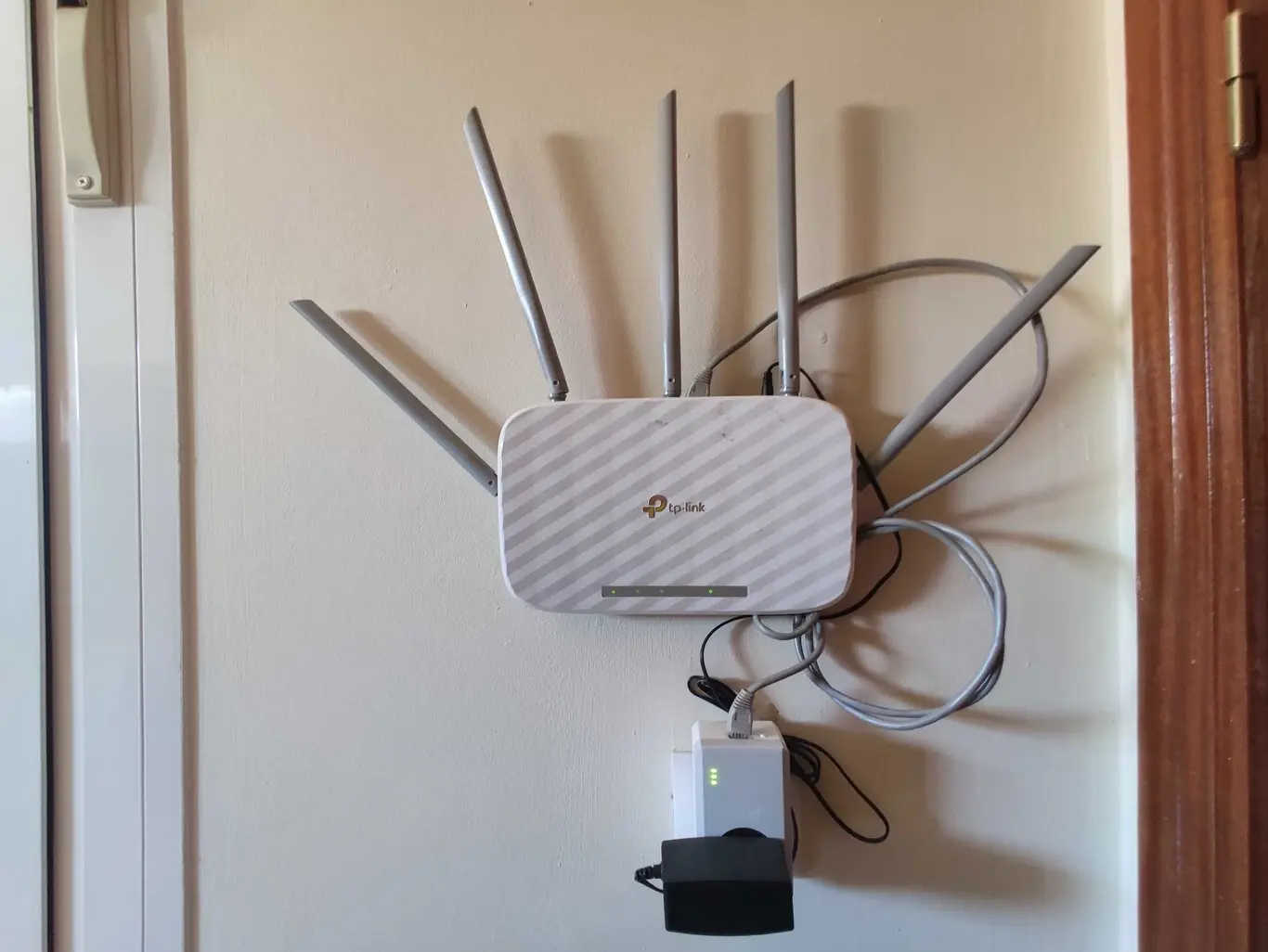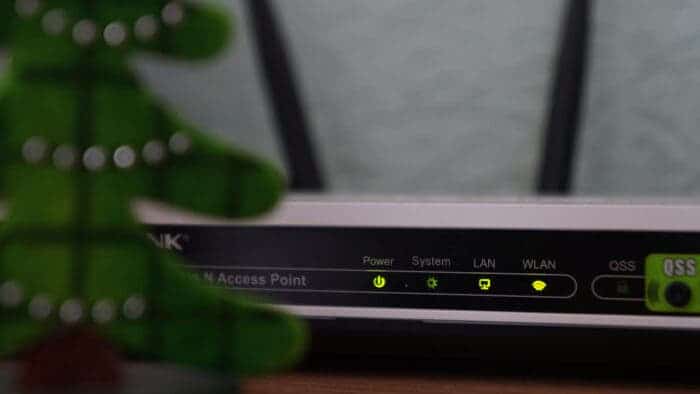WiFi, the popular wireless connection, often heralded as a modern marvel, also brings its fair share of woes. It’s an indispensable part of our digital lives, but the frustration it can cause when you encounter coverage issues is all too familiar. However, there’s good news—various methods can significantly improve your WiFi signal. From WiFi repeaters to Mesh systems, even repurposing old routers or mobile devices, the solutions are plentiful.
Despite your best efforts to extend your WiFi signal, you might still find yourself grappling with poor coverage. It’s a perplexing situation, especially when you’ve invested in devices to bolster your connection. At this point, it’s crucial to pause and reflect. It doesn’t make sense to struggle with connectivity when you’ve implemented tools to enhance it. The root cause might not lie in your hardware but in external interference. In this comprehensive article, we’ll delve into the world of WiFi interference, pinpoint the culprits, and provide strategies to overcome them.
Boost Your WiFi Signal: Strategies to Overcome External Interferences

Understanding WiFi Frequencies
Before we delve into the realm of interference, let’s establish some foundational knowledge. WiFi operates by transmitting waves at different frequencies or bands, each with its unique characteristics. The two primary bands are 2.4 GHz and 5 GHz, although WiFi 6 and WiFi 7 technologies have ushered in significant advancements. For most users today, the 2.4 GHz and 5 GHz bands are the primary players.
You can identify the band your device is connected to either through your device’s settings or the network name. Typically, 5 GHz networks include “5G” or “PLUS” in their names. Armed with these fundamental concepts, let’s proceed.
The Trouble with Interference
Interference occurs when multiple devices broadcast on the same frequency, saturating that “channel” with data transmission. The result is often uncommon behavior, such as disrupted internet browsing, fluctuating download and upload speeds, weak signal reception, or even connection failures. Now, let’s identify the devices that can cause interference and potentially disrupt your WiFi connection:
- Home Automation Devices: Smart speakers, locks, cameras, and thermostats rely on the WiFi connection, primarily the 2.4 GHz band, to connect to the internet. They depend on this connection to provide their functionalities.
- Smart TVs: Smart TVs connect to the internet to access streaming platforms and dedicated applications. Older models typically connect to the 2.4 GHz band, but newer models may support the 5 GHz band as well.
- Additional WiFi Routers: Sometimes, we overlook the possibility that placing two routers too close together can create unnecessary interference. Later, we will discuss how to address this issue and improve WiFi coverage.
- Appliances like Microwaves: While they shouldn’t disrupt your connection significantly, microwave usage can generate interference in the 2.4 GHz band.
- Bluetooth Devices: Similar to microwaves, Bluetooth connections used for devices like headphones and smartwatches can interfere with the proper functioning of the 2.4 GHz WiFi.
Mitigating Interference
Now that we’ve identified the culprits of interference, let’s explore potential solutions. The most drastic but effective option is to remove these interfering devices from your digital environment, if possible. However, this may not always be feasible.
In cases where removal is not an option, consider relocating these devices away from your WiFi router. This solution will work if your surroundings allow it. Another approach is to minimize the use of Bluetooth devices when in close proximity to the router or reduce data transfers.
If your Smart TV is causing interference, you can connect it to the router using an Ethernet cable, if it has an Ethernet port. Apart from eliminating interference, this also improves the overall performance of your WiFi connection, resulting in faster navigation, fewer disruptions, and optimal operation.

Dealing with Router-Induced Interference
Now, let’s address the possibility of your router being the source of interference. It’s essential to investigate this if you suspect a second router is causing issues. Additionally, your primary router may have features that can mitigate interference problems.
To access your router’s settings, you need to be familiar with the process of configuring it. Don’t worry if you’re not experienced; it’s a relatively straightforward task. Here are some potential solutions:
Gizchina News of the week
- Change the Channel: One quick fix for interference is to switch your router to a less crowded channel. There’s no one-size-fits-all channel, so analyze the channels with the least congestion in your area. Access this option through your router’s configuration, typically under the “Wi-Fi” or “WLAN” section.
- Update Firmware: Router manufacturers frequently release updates to enhance connection performance and stability. Similar to mobile phones, keeping your router’s firmware up to date can help resolve interference issues.
- Band Switching: If you notice interference occurring predominantly in one band, consider moving compatible devices to the less congested band. You can usually adjust this setting in the same section where you change the channel.
To improve WiFi signal, you can try the following:
- Move devices that cause interference away from the router. This includes devices such as microwaves, Bluetooth devices, and other WiFi routers.
- Avoid using many Bluetooth devices while you are close to the router. Bluetooth devices can interfere with the 2.4 GHz band, which is the band that most WiFi routers use.
- Minimize data transfers that occur while you are using the router. This includes things like streaming video or playing online games.
- Connect Smart TVs by cable to the router instead of using WiFi. This will free up the WiFi band for other devices to use.
- Change the channel that your router uses to transport the connection. You can use a WiFi analyzer app to see which channels are the least congested.
- Update the firmware of your router. Router manufacturers often release updates that improve the performance and stability of the connection.
- Switch to the alternative band (5 GHz or 2.4 GHz) if the interference is occurring in a particular band. The 5 GHz band is less congested than the 2.4 GHz band, but it has a shorter range.
Here are some additional tips for improving WiFi signal:
- Place the router in a central location in your home. This will help to ensure that the signal is evenly distributed throughout your home.
- Keep the router away from metal objects and mirrors. These objects can reflect the WiFi signal and cause interference.
- Raise the router up off the floor. This will help to improve the signal strength.
- Use a WiFi extender or mesh system to extend the range of your router’s signal. A WiFi extender is a device that amplifies the signal from your router. A mesh system is a network of devices that work together to create a mesh system is a network of devices that work together to create a seamless WiFi network throughout your home. Each device in the mesh system acts as a router and extender, relaying the signal from one device to the next. This allows you to extend the range of your WiFi signal without having to run Ethernet cables or use WiFi extenders.
Other tips
Here are some other tips for improving WiFi signal:
- Avoid using too many devices at the same time. If you are using a lot of devices at the same time, it can overload your router and cause the signal to weaken.
- Keep your router’s firmware up to date. Router manufacturers often release firmware updates that improve the performance and security of your router.
- Check for interference from other devices. If you are still having problems with your WiFi signal, try turning off other devices that are using the same frequency band as your router. You can use a WiFi analyzer app to see which devices are using which frequency bands.

Troubleshooting WiFi signal problems
If you are having problems with your WiFi signal, there are a few things you can do to troubleshoot the problem:
- Check the strength of your WiFi signal. You can use a WiFi analyzer app to see how strong your WiFi signal is in different areas of your home.
- Try moving your router to a different location. If your router is in a corner of your home, it may not be getting the best signal strength. Try moving it to a more central location.
- Restart your router. Restarting your router can sometimes fix minor problems with the signal.
- Upgrade your router. If you have an older router, it may not be able to handle the demands of all of your devices. Consider upgrading to a newer router with more features.
If you are still having problems with your WiFi signal after trying all of the above troubleshooting tips, you may want to contact your internet service provider for assistance.
Here are some additional tips for improving WiFi signal in specific situations:
- If you have a large home, you may want to consider using a mesh system. A mesh system can extend the range of your WiFi signal to all areas of your home, even if you have thick walls or other obstacles.
- If you have a lot of devices that use the same frequency band as your router, you may want to try switching to a different frequency band. For example, if you have a lot of Bluetooth devices, you may want to try switching to the 5 GHz frequency band.
- If you are using your WiFi signal outdoors, you may want to consider using a directional antenna. A directional antenna can focus your WiFi signal in a specific direction, which can improve the signal strength in that area.
Conclusion
In conclusion, interference can disrupt your WiFi connection, making access challenging at times. However, by identifying the potential culprits and following the simple solutions outlined in this article, you can restore normalcy to your home WiFi and enjoy uninterrupted connectivity. WiFi is an indispensable part of our lives, and with these insights, you can ensure it operates at its optimal best, leaving you free to enjoy the digital world without interruption.

